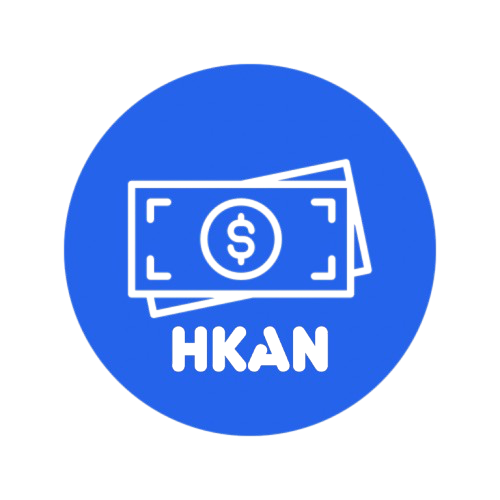Trading Classroom Lesson 9: Journaling & Performance Tracking
📘 Introduction
Professional traders have one habit that separates them from amateurs:
they track every trade.
Your trading journal is more than a notebook — it’s your mirror. It shows what works, what doesn’t, and how you can improve.
In this lesson, we’ll cover how to create and use a trading journal, track performance like a pro, and use data from HKAN.trade to sharpen your strategy.
📓 Why Journaling Is Essential
Without journaling, you’re trading blind.
With journaling, you’re trading with awareness.
A trading journal helps you:
✅ Identify your strengths and weaknesses.
✅ Spot emotional patterns (fear, greed, hesitation).
✅ Understand what strategies really work.
✅ Stay consistent and disciplined.
👉 What gets measured, gets improved.
🧾 What to Record in a Trading Journal
Your journal should include both data and emotions.
Here’s what every good entry should have:
📊 Trade Details
-
Date & Time
-
Pair or Asset (e.g., BTC/USDT)
-
Entry Price / Exit Price
-
Position Size
-
Stop Loss / Take Profit
-
Result (Win / Loss / Break-even)
💭 Psychological Notes
-
How did you feel before, during, after the trade?
-
Were you confident or anxious?
-
Did you follow your trading plan exactly?
📈 Market Context
-
Trend direction (up / down / sideways)
-
Chart pattern or setup type (e.g., double bottom, breakout)
-
Indicators used (RSI, MA, etc.)
🔍 Post-Trade Review
-
What went right?
-
What went wrong?
-
How can you improve next time?
👉 Example:
“Entered BTC long at $60,000 based on 4H breakout. Felt confident but exited too early. Need to trust the setup more next time.”
📊 Tracking Performance Metrics
A journal becomes powerful when you turn your notes into data.
Key metrics to calculate:
| Metric | Meaning |
|---|---|
| Win Rate | % of winning trades |
| Risk/Reward Ratio | Average reward per risk unit |
| Average Win / Average Loss | Profit per trade type |
| Expectancy | (Win% × Avg Win) - (Loss% × Avg Loss) |
| Maximum Drawdown | Largest drop from peak equity |
| Profit Factor | Total profit ÷ total loss |
These stats tell you whether your edge is real or random.
💡 Use HKAN.trade charts & AI predictions to test your trades historically and track how your setups perform over time.
🧠 Emotional Tracking
The best traders manage themselves, not just the market.
Use your journal to spot recurring emotional mistakes:
-
Closing trades too early? → Fear of losing profit.
-
Moving stop loss wider? → Fear of being wrong.
-
Taking revenge trades? → Anger or frustration.
👉 Awareness breaks the pattern.
🔁 Review & Optimization Process
Step 1: Weekly Review
At the end of each week, analyze:
-
Which setups worked best?
-
Did you follow your rules?
-
What mistakes repeated?
Step 2: Monthly Report
Summarize results in a table or spreadsheet.
Look for patterns — profitable days, bad habits, drawdown periods.
Step 3: Adjust & Improve
Use what you learn to refine your strategy:
-
Remove unprofitable setups.
-
Focus on your top 2 performing strategies.
-
Adjust position size or risk rules.
🤖 Digital Journaling Tools
You can use:
-
Excel or Google Sheets → simple & effective.
-
Notion / Evernote → for organized note-taking.
-
HKAN.trade (recommended) → track trades with real-time charts, AI predictions, and price history, making your review process faster and smarter.
📌 Conclusion
Journaling and performance tracking are what turn a trader into a professional.
Remember:
-
Every trade teaches something.
-
Data reveals truth.
-
Improvement comes from awareness.
By journaling consistently, you build confidence, refine your edge, and master your emotions.
👉 Start tracking your trades today with HKAN.trade use its real-time charts, historical data, and AI tools to evolve your trading system.
Next: Lesson 10 – Building Your Trading Plan, where we’ll put everything together into a complete system you can follow with confidence.
💬 Comments
No comments yet. Be the first!
Please log in to post a comment.
